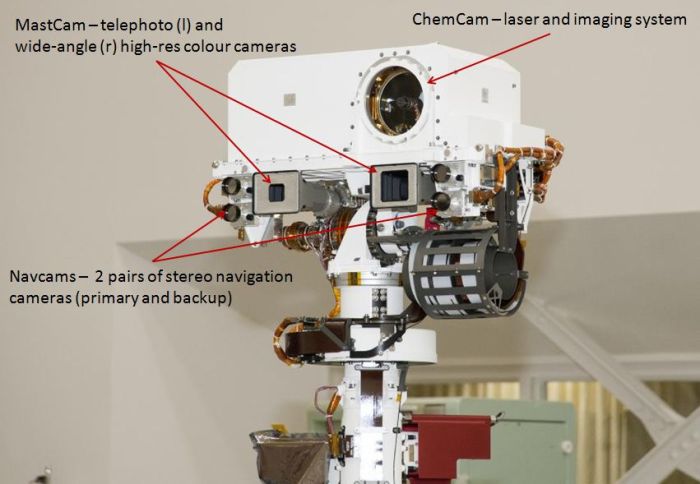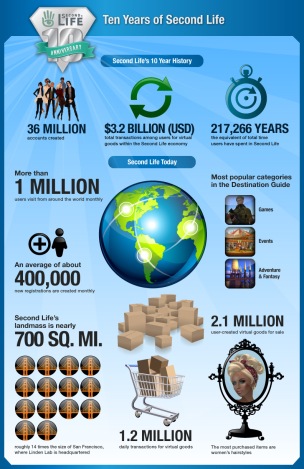It’s time to kick-off another week of fabulous story-telling in Voice, brought to Second Life by the staff of the Seanchai Library SL.
As always, all times SLT, and unless otherwise stated, events will be held on the Seanchai Library’s home on Imagination Island.
Sunday 23rd June, 13:30: Tea Time in Sherwood Forest
 We’re approaching the end of June, and with it, we reach the end of our forays into Sherwood forest courtesy of Caledonia Skytower and Corwyn Allen as they bring us the final installment of tales from Howard Pyle’s The Merry Adventures of Robin Hood.
We’re approaching the end of June, and with it, we reach the end of our forays into Sherwood forest courtesy of Caledonia Skytower and Corwyn Allen as they bring us the final installment of tales from Howard Pyle’s The Merry Adventures of Robin Hood.
An American illustrator and writer, Pyle published The Merry Adeventures of Robin Hood of Great Renown in Nottinghamshire (to give the book its original full title) in 1883. With it, he helped solidify the heroic / romantic image of Robin Hood witnessed in works such as Sir Walter Scott’s Ivanhoe (1819).
The stories Pyle built for the book were drawn from various ballads, which he drew together to form a cohesive tale, rewriting the songs to suit a younger audience and further establishing the role of Robin Hood as a heroic outlaw who robs the rich to feed the poor – a role in sharp contrast to the way in which the ballads actually portrayed him (which was principally as a through-and-through villain).
So popular was Pyle’s work that it led to several more children’s books about Robin Hood over the next three decades, firmly establishing the legend as a respectable subject for children’s literature.
This week, sees the conclusion of Allan a Dale’s story, and we meet The Curtal Friar of Fountains Abbey.
Monday 24th June, 19:00 – More from A Trio of my Father’s Tales
 “A Trio of My Father’s Tales is my tribute to Fathers,” Cale states on her website, “containing three stories based on several family tales we used to begged my Dad to repeat over and over again around the kitchen table: The Little Lord Fauntleroy Suit, “Flying Down to Cour D’Alene”, and “The Skunk War.”
“A Trio of My Father’s Tales is my tribute to Fathers,” Cale states on her website, “containing three stories based on several family tales we used to begged my Dad to repeat over and over again around the kitchen table: The Little Lord Fauntleroy Suit, “Flying Down to Cour D’Alene”, and “The Skunk War.”
– Judith Cullen (Caledonia Skytower)
Except from The Little Lord Fauntleroy Suit:
Kevin hated it. He really hated it. It was bad enough being seven years old. It was bad enough that his family were struggling, working class Irish immigrants. It was bad enough that he had the male trademark family ears, which where on the large side and stood out from his head. These things he might have handled with all the random deftness of his seven years. What young Kevin Cooney really could not manage was the damned suit. If his mother had not sewn it for him with her own hands, he would not have worn it at all. But in 1898 all Kevin knew was that the suit was important to his mother, and it was absolute torture to wear it. – Excerpt from The Little Lord Fauntleroy Suit.
Tuesday 25th June, 19:00: More from The City and the Stars
 In 1948 Arthur C. Clarke saw his first novel, Against the Fall of Night published in the magazine Startling Stories. Later, in 1953, it appeared as a novella in its own right, prior to becoming the basis of a much expanded work, The City and the Stars, published in 1956. Both focus on the same setting and principal character: the City of Diaspar and a young man called Alvin, but they tell individually unique tales – so much so that both remain in circulation,enjoying equal popularity.
In 1948 Arthur C. Clarke saw his first novel, Against the Fall of Night published in the magazine Startling Stories. Later, in 1953, it appeared as a novella in its own right, prior to becoming the basis of a much expanded work, The City and the Stars, published in 1956. Both focus on the same setting and principal character: the City of Diaspar and a young man called Alvin, but they tell individually unique tales – so much so that both remain in circulation,enjoying equal popularity.
One billion years in the future, Diaspar stands amidst the desert of Earth as the last, self-perpetuating city of humankind. Here, the Central Computer watches over people who live multiple lives over thousands of years before they return to storage, only to be “reborn” at a time selected by the Central Computer. Diaspar is utopian: poverty and need have long been eradicated and there is little strife. Life within the city is focused on creativity and art and in the deeper exploration of already well-understood fields. Enclosed, cyclical and ultimately static, Diaspar is both the culmination and twilight of human endeavour.
Join Gyro Muggins as he once again delves into the story which has been hailed as one of Sir Arthur C. Clarke’s best works.
Wednesday 26th June, 19:00: The Tao of Pooh (Part 3)
 Winnie the Pooh may have been a Bear Of Very Little Brain often bothered by long words, but in him, his friends in the 100 Acre Wood and their adventures, Benjamin Hoff found the perfect means of introducing a western audience to the principles and ideals of Taoism.
Winnie the Pooh may have been a Bear Of Very Little Brain often bothered by long words, but in him, his friends in the 100 Acre Wood and their adventures, Benjamin Hoff found the perfect means of introducing a western audience to the principles and ideals of Taoism.
Starting with a description of the Vinegar Tasters, a traditional subject in Chinese religious painting depicting three founders of China’s major religious and philosophical traditions: Confucianism, Buddhism, and Taoism., Hoff uses Pooh and other characters from A.A. Milne’s stories to reveal Taoism to his readers, going so far as to cite how the characters exemplify Taoist principles and concepts. For example, he explains how Pooh personifies the principles of wei wu wei, the Taoist concept of “effortless doing,” and pu, the concept of being open to but unburdened by experience.
Complete with excerpts from various prominent Taoist texts, from authors such as Laozi and Zhuangzi, the book is an engaging read which topped the New York Times best seller list for some 49 weeks. So why not join Kayden Oconnell and Caledonia Skytower as they continue a reading of this fascinating work?
Thursday 27th June, 19:00: Myths of the Cherokee
 Originally published in at the end of the 18th 19th century, James Mooney’s Myths of the Cherokees has been one of the definitive work on the customs and beliefs of the Cherokee people for decades.
Originally published in at the end of the 18th 19th century, James Mooney’s Myths of the Cherokees has been one of the definitive work on the customs and beliefs of the Cherokee people for decades.
Covering every aspect of Cherokee mythology and mythological tales, from the creation of the world through the origins of such things as game, corn, fish and frogs, to myths about quadrupeds, snakes, fish, insects and more, this is a comprehensive guide to the history and culture Eastern Cherokee.
Nor is this purely an academic study. Mooney spent time living with the Cherokee and learning their language and culture. So much so that his work was relied upon by students of Native American culture, general readers, and many of the Cherokee people themselves.
Join Shandon Loring as he reads from the first Mooney’s definitive works on the Cherokee nation.
—–
Please check with the Seanchai Library SL’s blog for updates and additions to the week’s schedule. In May and June, library guests are invited to support Seanchai Library’s featured real world charity Heifer International. Have questions? IM or notecard Caledonia Skytower.
Related Links
 The news coming out of NASA about the Mars Science Laboratory has slowed somewhat following the period of solar conjunction which formed a natural break in operations during April.
The news coming out of NASA about the Mars Science Laboratory has slowed somewhat following the period of solar conjunction which formed a natural break in operations during April.






